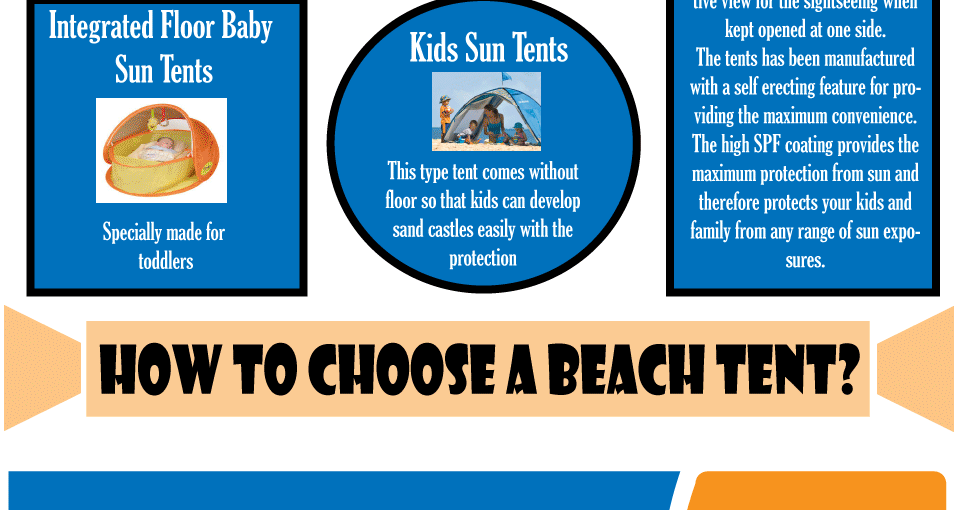While numerous campers concentrate on a camping tent's cover to shield them from rainfall, snow, and bugs, the outdoor tents flooring is equally crucial. A top quality flooring uses protection from standing water, soggy mud, and sharp rocks.
At White Duck Outdoors, we offer free-floating vinyl floorings that are customized per tent dimension. This permits you to select a flooring liner or use your very own canvas tarp as a liner.
Durability
There are different sorts of floors offered for wall surface tents. Free-floating floorings are different pieces that you lay on the ground prior to building the outdoor tents, making them very easy to set up. A sewn-in flooring is a little bit much more complex, but it offers excellent security from water and insects.
However, the very best alternative is a camping tent flooring lining. A liner is thick and forces any kind of water or pests to go under the flooring rather than with openings in the tent. It also decreases the quantity of dust that gets in the tent, making it much easier to cleanse and keep.
All White Duck Outdoors wall tents come with a free-floating flooring included, so you do not have to worry about buying and setting up one separately. We recognize the value of having the ability to personalize your space and make camping more delightful. The free-floating floor makes the tent much easier to carry, clean and store, luxuries that sewn-in or 3/4 floors do not give.
Climate Resistance
When picking a protective cover for industrial or logistical purposes, climate resistance is usually a crucial factor. Canvas tarps are generally made from natural materials, while vinyl tarpaulins feature advanced polymer design. This distinction in composition results in substantially different efficiency features, maintenance needs, and suitable applications.
Plastic tarps are perfect for long-term industrial protection as a result of their toughness, waterproof attributes and chemical resistance. They also use good UV security and are lighter than canvas tarpaulins. These homes make them the awning recommended choice for covering equipment and building temporary frameworks.
Easy Upkeep
The sturdiness of plastic floors and their resistance to deterioration translates right into very little upkeep requirements. Wipe-downs with light soap and water suffice to maintain them looking clean, while stubborn spots can usually be eliminated without much initiative.
On the other hand, canvas covers are more likely to take in moisture in time, leading to mold and mildew and mold development if not appropriately dried out or treated. Moreover, they may need more frequent waterproofing treatments to preserve their protective buildings.
Additionally, a woven material like cotton is prone to piercing and tearing in time, making it more susceptible to harm from sharp items or unpleasant surfaces. Plastic is engineered to resist these risks more effectively, positioning it as a remarkable selection for sturdy defense applications. In addition, its synthetic parts provide exceptional longevity and longevity contrasted to canvas products. As a result, they typically have a lower environmental impact in regards to manufacturing and disposal. They likewise often tend to have a more functional personalization capability, assisting in the incorporation of detailed styles and color design.
Ecological Impact
As with all products, it is essential to recognize the ecological account of each material. This consists of everything from resources sourcing and production procedures to use long life and end-of-life disposal alternatives. This info enables companies to make smarter choices that line up with sustainability objectives while fulfilling operational demands.
Sailcloth normally lines up with eco-conscious goals because of its naturally degradable nature and lower production footprint. Its lighter weight translates to much less storage space and transport needs. Its reduced upkeep demands and longer life expectancy further reduce general expenditures.
Plastic, on the other hand, counts on synthetic parts for its longevity and climate resistance. Its chemical therapies require high power input. Plastic's non-biodegradable residential properties even more make complex recycling and waste administration methods. Nevertheless, it does provide superior waterproofing and UV degradation resistance to outside settings.
